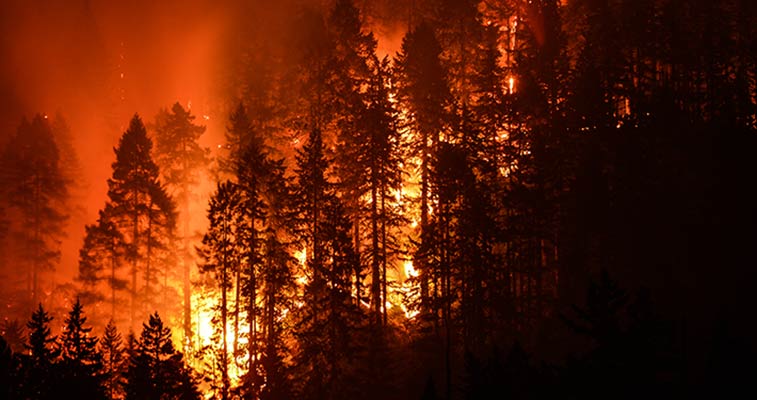of Safety
Wildfires are a very real risk in British Columbia, especially between April and October during wildfire season. They can spread quickly, particularly in hot, dry conditions. In addition to their potential to destroy wildlife habitats, forests, and watersheds, wildfires can level community infrastructure, homes, and business properties and damage cultural and economic resources. Additionally, wildfires increase the potential for flooding, debris flows, and landslides—and wildfire smoke can also cause significant health problems.
Plan now to help protect your people—and your business—from the destructive impact of wildfires.
We have compiled a number of resources to support businesses impacted by, or at risk from wildfires in the region.
If you need specific health and safety support to prepare for a disaster situation, or to recover and rebuild, please call our safety advisors at 1-604-795-9595.
Support for members in wildfire-affected areas | Health and safety contacts, support, and resources
Support for Wildfire Evacuees and Emergency Response




